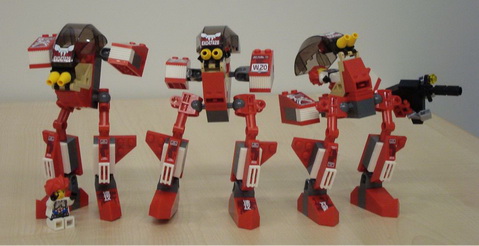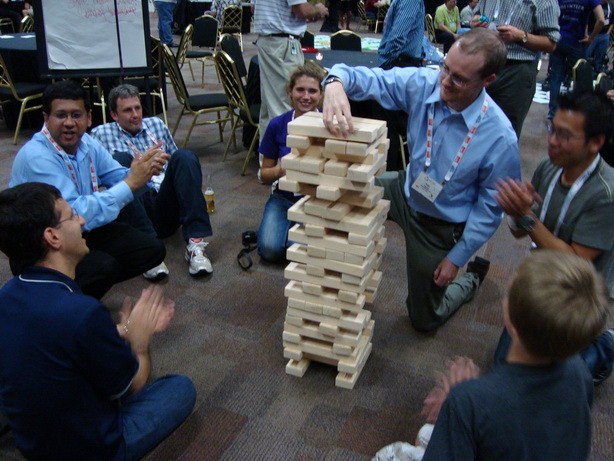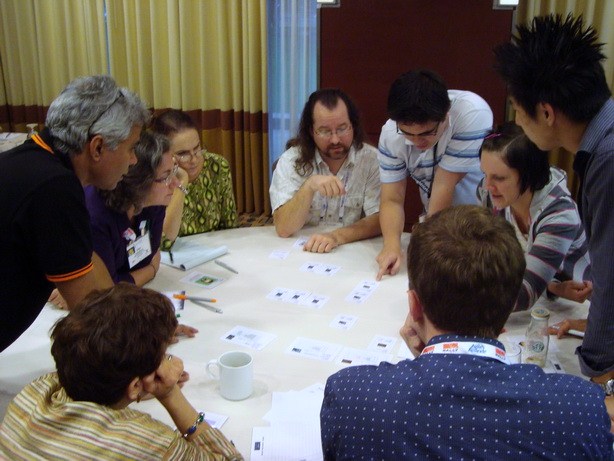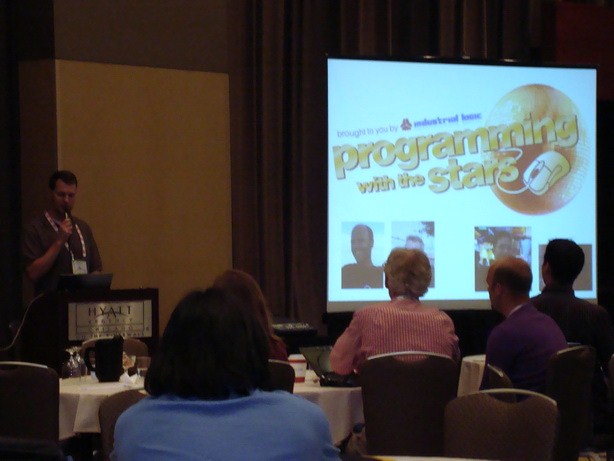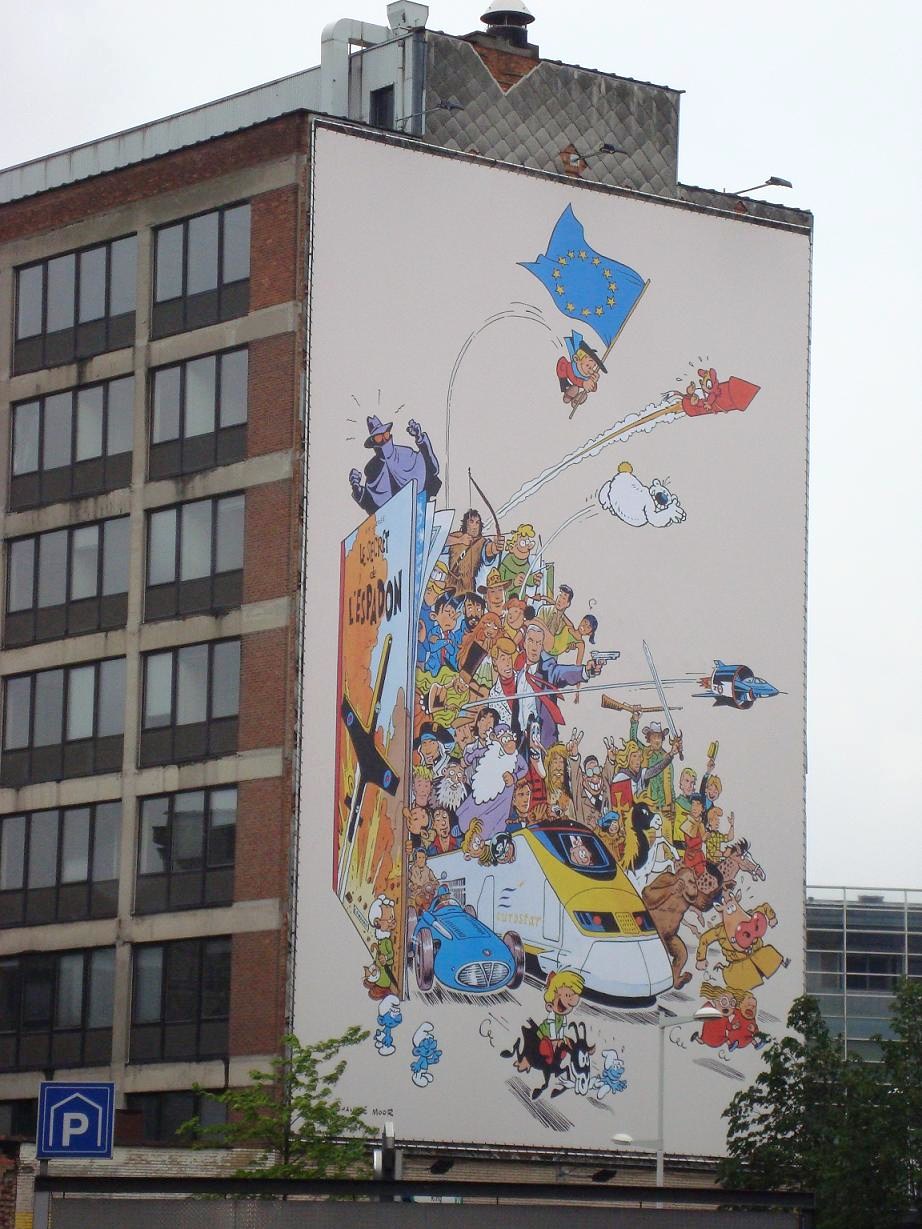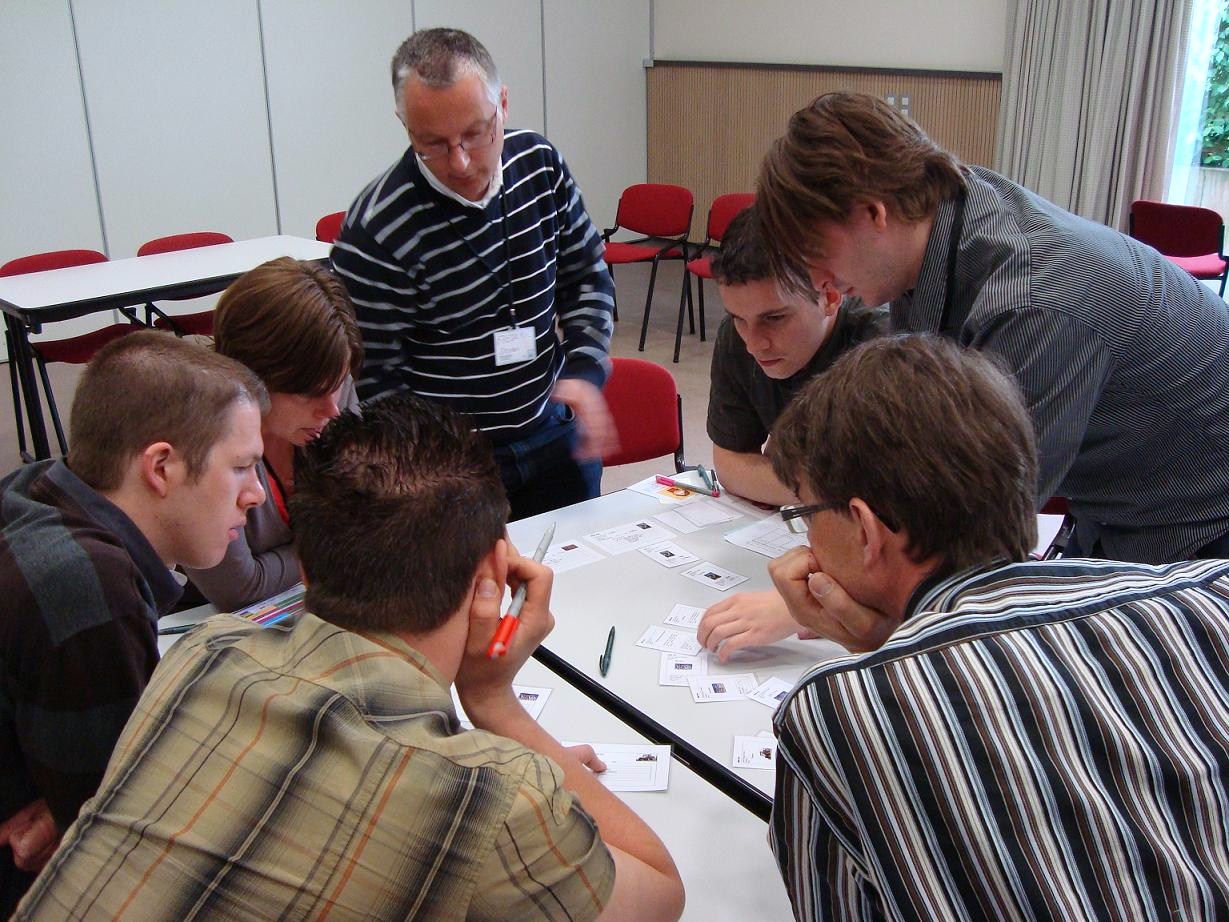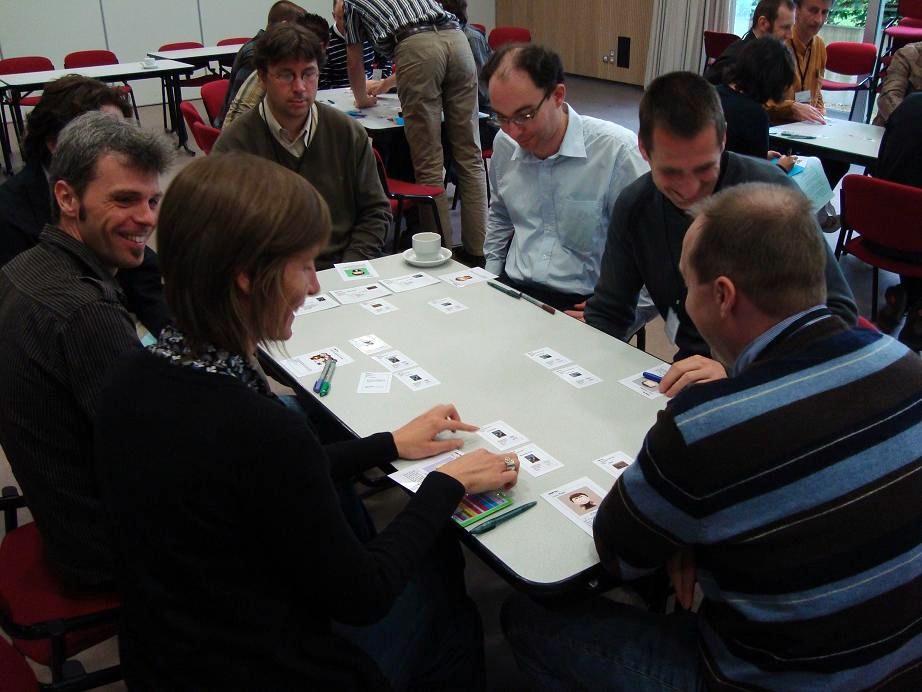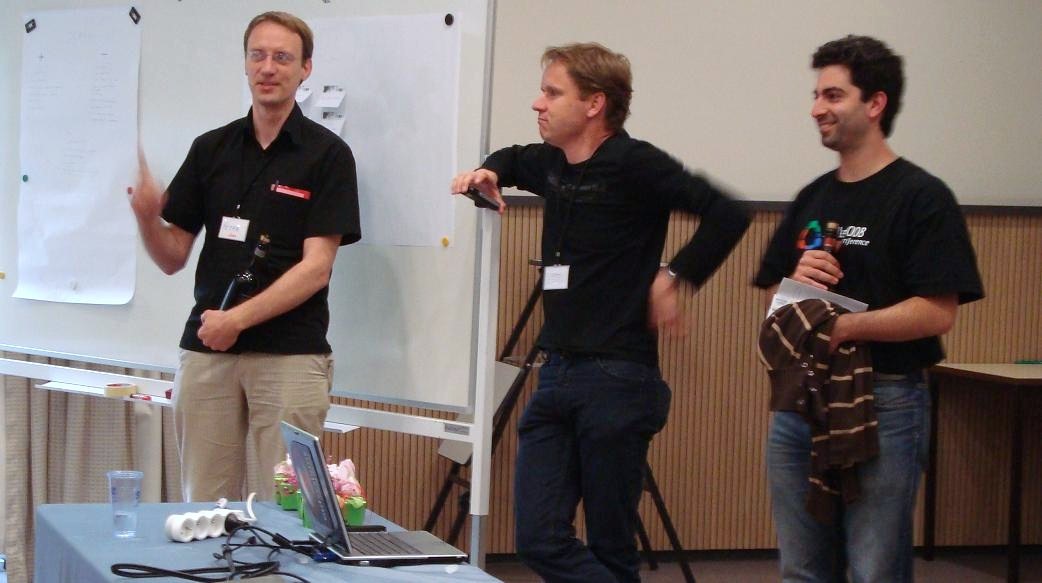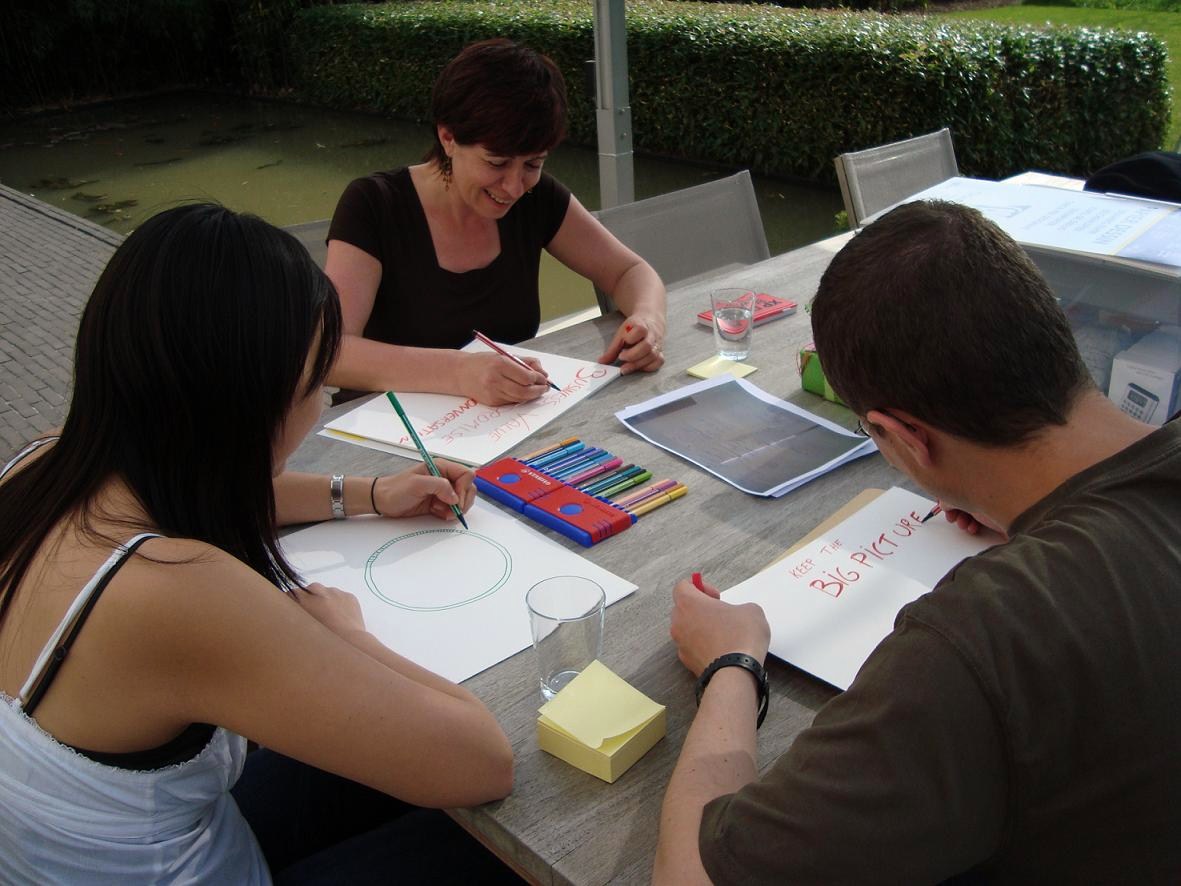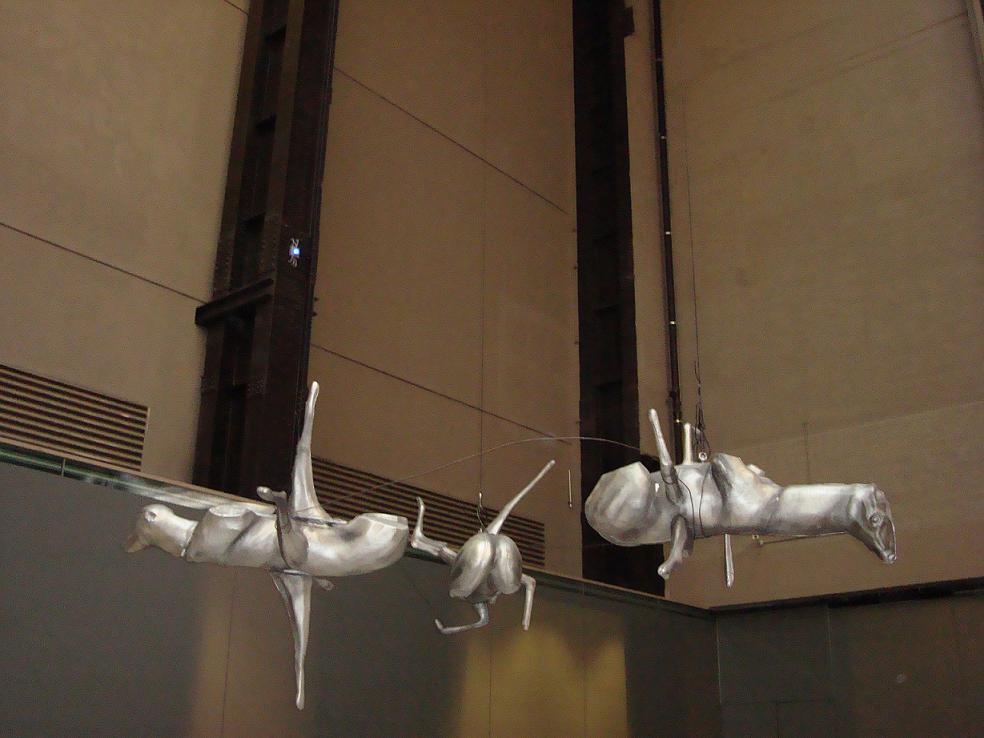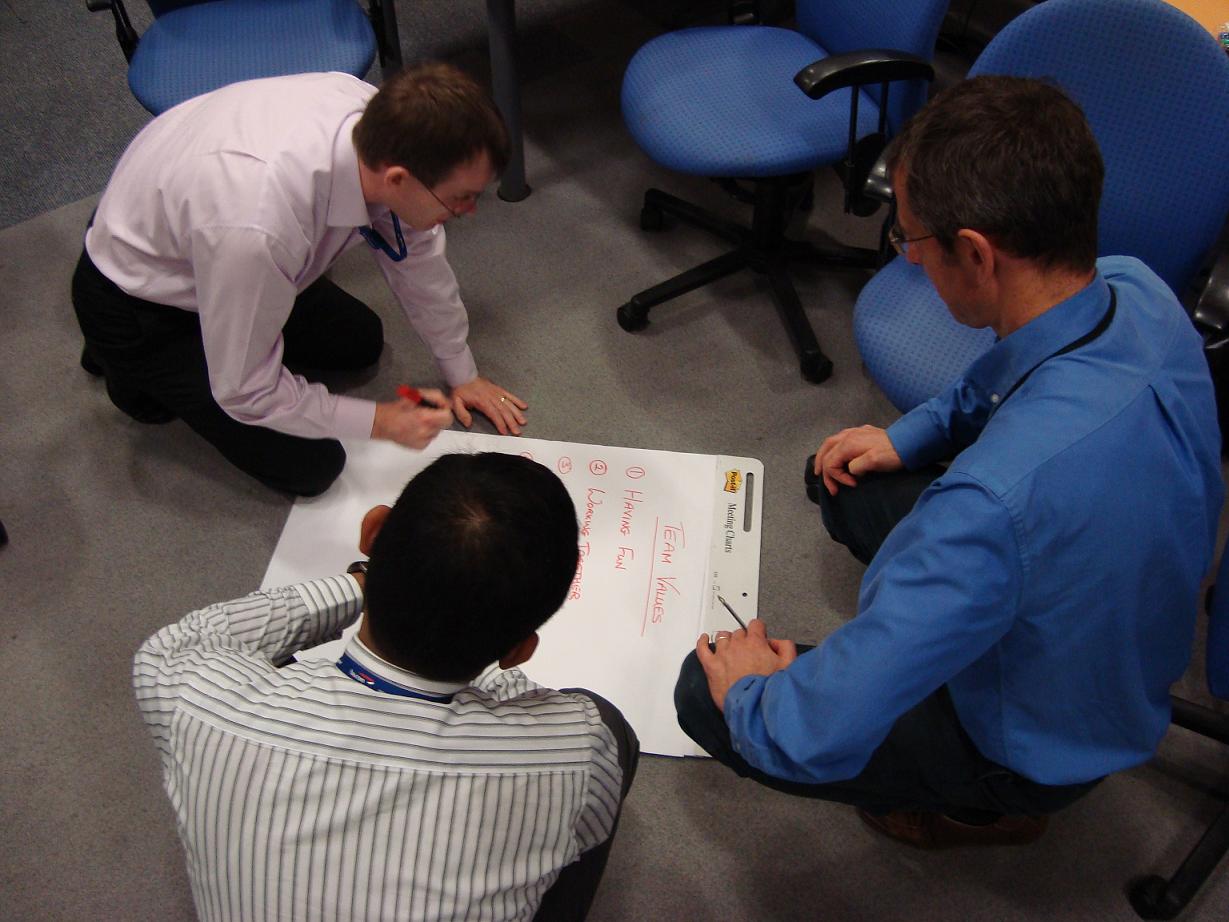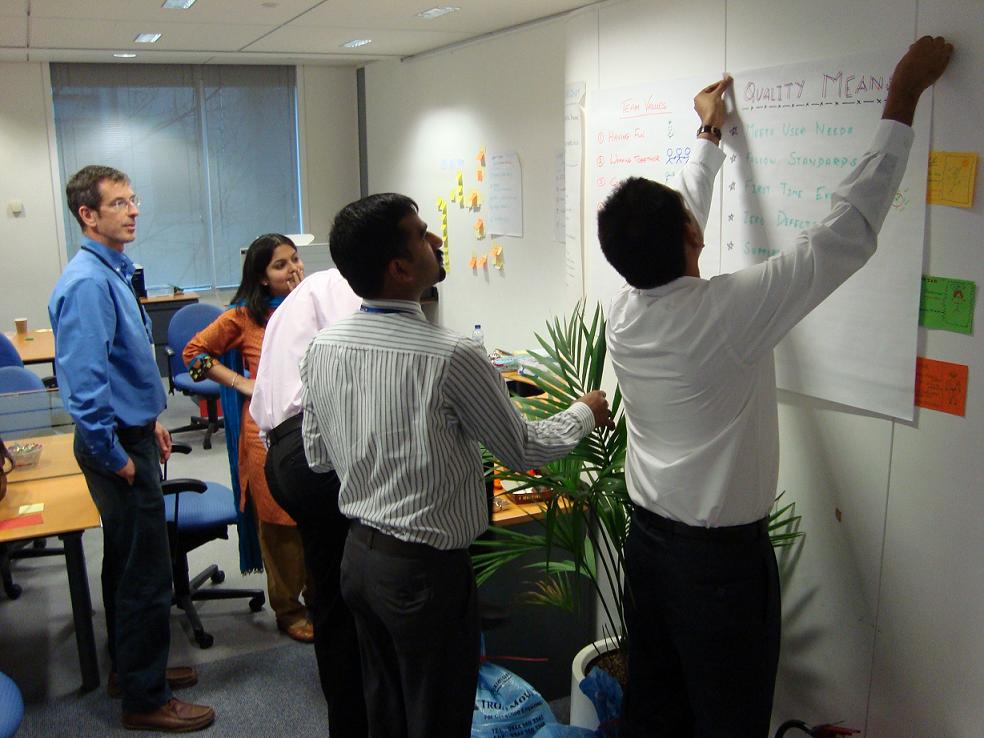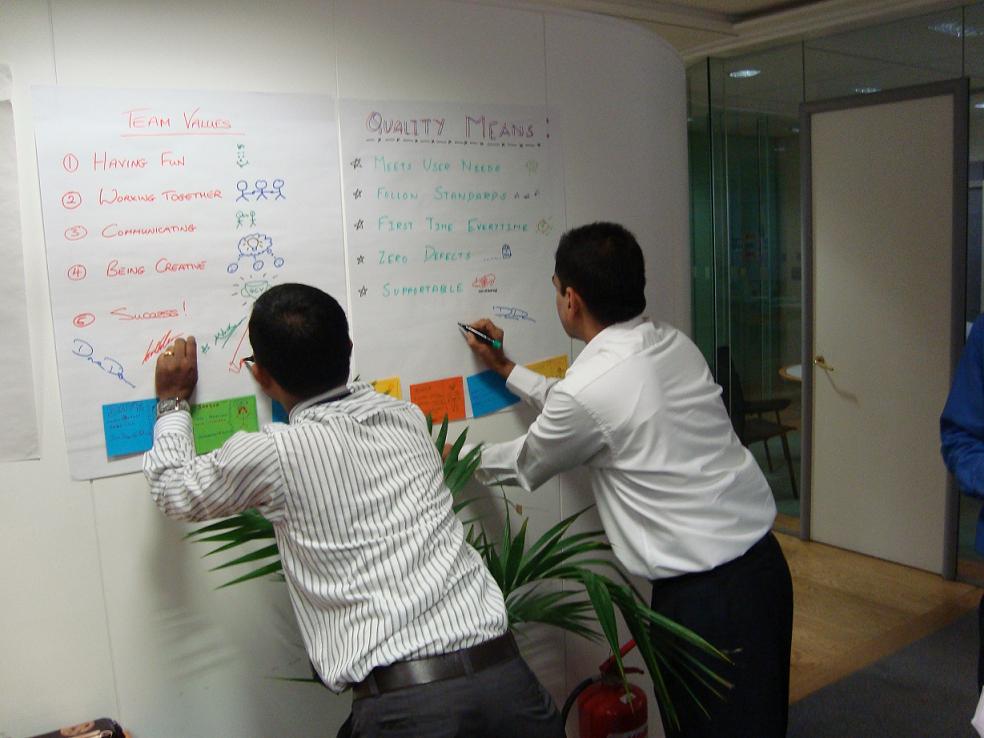What I liked about Mini XP Days Benelux
- Pre-conference dinner on conference eve – this is a great way to get to know participants before the fun starts on the day of the conference!
- Olivier’s Aikido morning meditation session. It’s unsettling how it’s so much harder to be still than it is to be engaged in constant activity.
- Learnt at least two new recipes using white asparagus (a regional speciality).
- The remarkable enthusiasm for the twists and turns in Agile Fairytales, an Agile retelling of stories you’ve grown up loving!
- Nicole and Marc’s pair conference opening and closing – what a team! By keeping the ceremony short, sweet and simple, they made everyone smile and kept us all engaged.
- Fresh local food and healthy, too!
- Kappellerput is a breath-taking venue, with rooms titled ‘Challenge’, ‘Collaboration’ and ‘Reflection’ in a setting surrounded by a forest. It even has it’s own human bird house, this is a hard venue to beat! You really must come see for youself at XP Days Benelux on 25 – 26 November!
- The fanatastic organisers for their sense of team, fun and always remembering to put the participants at the heart of everything we do.
What would make it perfect
- A greater selection of hot meal options at lunch time.
- I wish I had spent more time getting to know the first-timers at the conference.
Lessons (Re-)Learnt
- Observers often come up with better questions than an interviewer because they suspend judgment long enough to listen and respond with another question to clarify or deepen their understanding of what’s being said by the interviewee.
- To be a good coach, talk less, listen more.
- Great sessions, such as Pierluigi Pugliese’s session on ‘Solution Focused Agile Coaching‘, require practice, feedback and continuous refinement.
- When you specify a maximum number of attendees for your session, stick to it to ensure you preserve the overall session experience for the attendees.
- Presenting a session is one of the most effective ways to learn. It gives you a reason to research and get creative about a topic you feel passionate about and one that others are also interested in, too. It’s also the most direct way to get feedback on your presentation style and practice your public speaking skill. If you’re serious about learning, then do consider submitting to XP Days Benelux this year! Look out for the call for sessions here.
We hope to see you at XP Days Benelux, 25 – 26 November in Kappellerput in a sleepy town called Heeze (with a popular ice cream bar) in Eindhoven.
Thanks to Tjakko for the great close-up of the Observer role card from The Yellow Brick Road Game on Agile Adoption Through Peer Coaching!
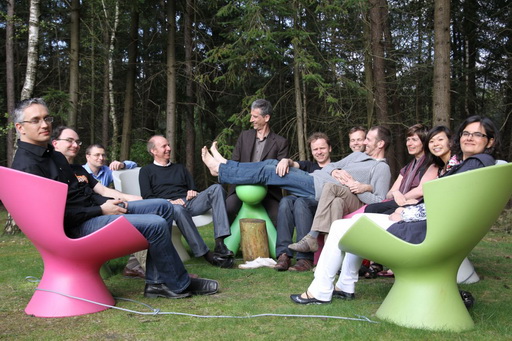

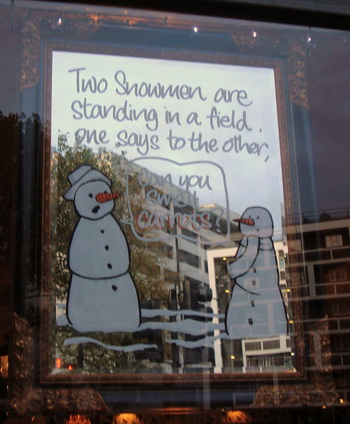
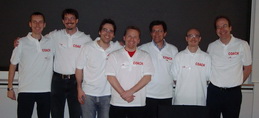
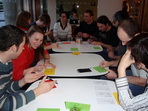
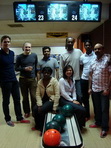 ‘I wish to learn more in 2009 than I did 2008.’ I learnt that the best way to keep learning is with a little help from my friends! I also re-learnt that I need to be more patient and respectful to others and with myself.
‘I wish to learn more in 2009 than I did 2008.’ I learnt that the best way to keep learning is with a little help from my friends! I also re-learnt that I need to be more patient and respectful to others and with myself.